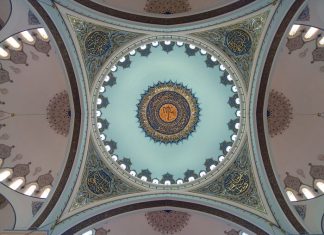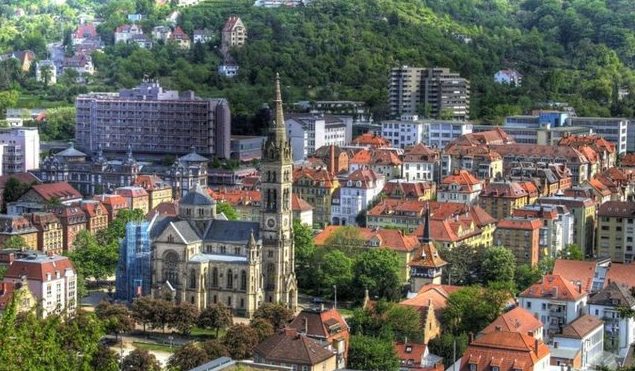Saksagan
Native Animals Horses and Buffaloes
The native horses in Bulgaria are small in size, but they are known for being strong, energetic, and tough. Even though they don’t look...
The Structure of the Bulgarian Army
The Bulgarian army is made up of about 30,000 well-trained soldiers. The troops are equipped in the German style and follow the Russian military...
Turkish Orders and Greek Bulgarian Bands
What the Turkish troops do is based on orders from Constantinople. However, it's difficult to figure out if the Greek and Bulgarian "bands" are...
Limited Aid for Rebuilding Villages
The Turkish government provided money to help rebuild the villages that were destroyed, but it was only about fifteen shillings per family. Many villagers...
The 1903 Uprising and the Attack on Smilevo
Mr. James McGregor, the former British Consul at Monastir, reported that during the 1903 uprising, Turkish soldiers, made up of eleven battalions and several...
A Night in the Monastery
I had gone to the monastery hoping to have a peaceful, cool night’s sleep. However, despite my room being high up, the night was...
Stanimika Village and the Journey to the Monastery
We reached a small, dirty village called Stanimika. It was home to Greeks who made wine and silk, but spent most of their time...
The Pomaks Bulgarian Muslims
I personally believe that the Pomaks are not a separate ethnic group but are Bulgarians whose ancestors changed their religion.
The Character of Bulgarians
As I...
Challenges in Processing Bulgarian
Challenges in Processing Bulgarian Compound Verb Forms
The complexities in handling complex tense, mood, and voice forms arise from their incorporation of both morphological and...
Bulgarian Compound Verb Forms
Overview of Data Categories
In constructing a grammar for recognizing compound verb forms automatically, the initial challenge is to identify the boundaries and components of...













